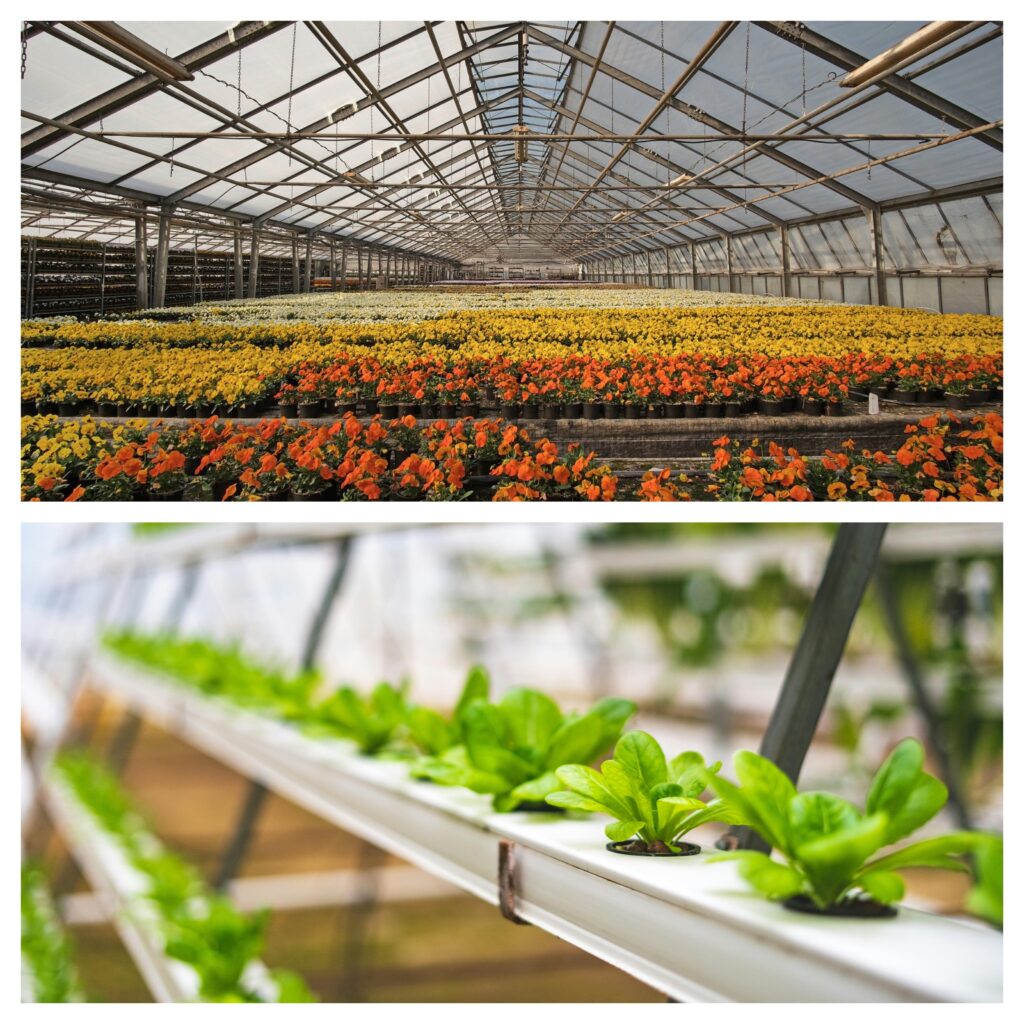Nurseries: concept, characteristics and types
What is a nursery, its concept
A nursery is a specialized space where plants are grown in their early stages of development, from germination until they reach the appropriate size to be transplanted to their final location. This process includes sowing seeds, caring for and maintaining the seedlings, and adapting them to outdoor weather conditions. Nurseries are thus essential in agriculture, forestry, ornamental gardening, and other sectors related to vegetation and the environment.
Types of nurseries
There are several types of nurseries, each specializing in different types of plants and specific objectives. Below are the main types of nurseries and the plants grown in each:
Agricultural nurseries
Agricultural nurseries are intended for the production of plants that will be used in agriculture. Plants intended for food production, such as vegetables, cereals, fruits, and fodder plants, are grown here.
- Cultivated plants: Tomatoes, lettuce, corn, rice, wheat, strawberries, among others.
- Main objective: Provide farmers with healthy seedlings ready for transplanting, thus optimizing harvest time and improving production quality.
Forest nurseries
These nurseries specialize in the production of tree and shrub species for reforestation, forest conservation and ecological restoration projects.
- Cultivated plants: Pines, oaks, holm oaks, firs, and other forest species.
- Main objective: Produce plants that will contribute to the recovery of forest ecosystems, wood production, and the mitigation of climate change through the absorption of CO2.
Ornamental nurseries
Ornamental nurseries grow plants that are used primarily for aesthetic and decorative purposes, both in gardens and in the interiors of homes and offices. This type of nursery is essential for gardening and landscaping.
- Cultivated plants: Roses, geraniums, ferns, bonsais, palm trees, and a wide variety of flowers and foliage plants.
- Main objective: To provide consumers and landscape professionals with high quality plants to beautify outdoor and indoor spaces.
Medicinal plant nurseries
These nurseries are dedicated to the production of plants with medicinal properties and are used in the preparation of natural remedies, teas, and pharmaceutical products.
- Cultivated plants: Aloe vera, chamomile, mint, lavender, calendula, echinacea.
- Main objective: To provide plants with therapeutic properties, used in both traditional and modern medicine.
Nurseries of aromatic and culinary plants
This type of nursery is geared towards the production of plants that are used to give flavour and aroma to food, as well as in the manufacture of essential oils.
- Cultivated plants: Basil, oregano, rosemary, thyme, cilantro, lavender.
- Main objective: To provide both private consumers and the food industry with fresh, high-quality plants.
Key features in the operation of a nursery
Regardless of the type of nursery, there are several key factors that are crucial to successful plant cultivation:
- Climate Controlled: Nurseries often use greenhouses to control temperature, humidity and light, providing an optimal environment for plant growth.
- Quality Substrate: The substrate, which is the medium in which the plants are grown, must be of high quality and adapted to the specific needs of each type of plant.
- Efficient Irrigation: A proper irrigation system is essential to ensure that plants receive the correct amount of water, avoiding both water stress and waterlogging.
- Pest and Disease Control: It is essential to implement integrated pest management practices to protect plants from diseases and pests that may affect their development.
Conclusion
Nurseries are central to the plant production chain. Each type of nursery plays a specific role in agriculture, environmental conservation, the pharmaceutical industry, and landscaping. Understanding the different types of nurseries and the plants grown in them is key to making the most of the benefits these spaces can offer. From food production to biodiversity conservation, nurseries are an essential component in sustainable development and the preservation of the natural environment.

At Murgiplast, we understand the importance of having the best supplies for nurseries. That is why we specialize in the wholesale of plastic pots, designed to offer durability and functionality, adapting to the needs of any type of crop. Our mission is to support nurseries by providing high-quality products that facilitate the growth of healthy and strong plants.
